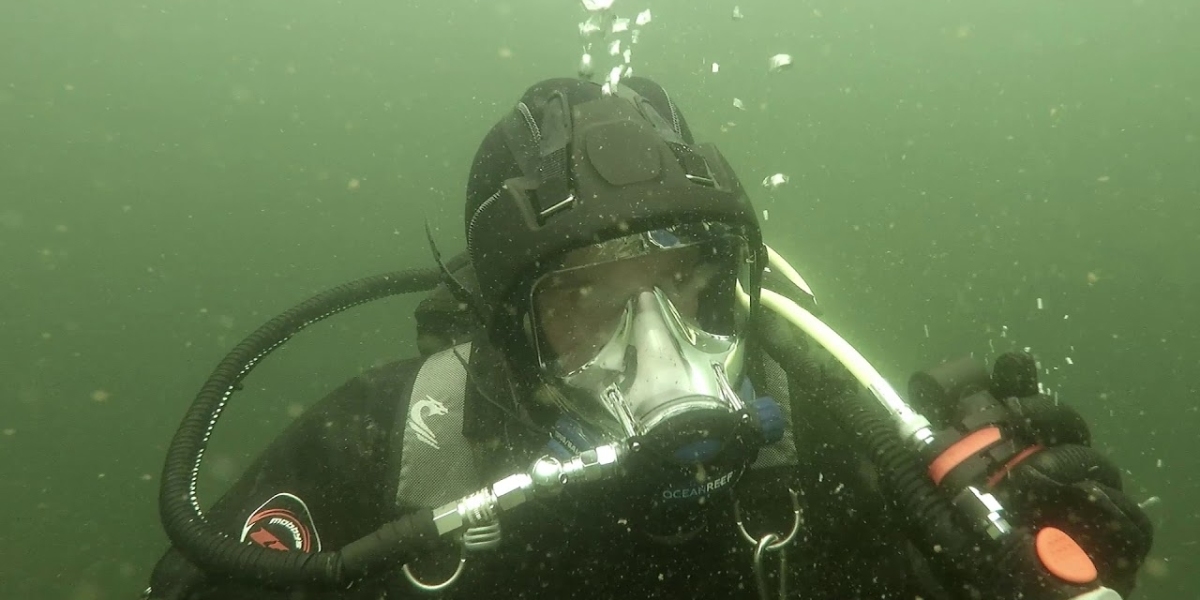The underwater world, with its vast and mysterious depths, has long fascinated humanity. Whether for scientific research, commercial endeavours, or recreational exploration, effective communication is vital when submerged beneath the waves. Underwater communication faces unique challenges due to the properties of water, such as its high density and poor transmission of electromagnetic waves. In this exploration, we delve into the methods and technologies used for underwater communication.
Challenges of Underwater Communication:
Attenuation and Absorption: Water absorbs and attenuates electromagnetic signals, making traditional wireless communication methods like radio and Wi-Fi ineffective underwater.
Limited Bandwidth: The available bandwidth for underwater communication is limited, which can hinder data transfer rates and real-time communication.
Noise and Interference: The underwater environment is filled with acoustic noise from natural sources like marine life, as well as human-made sources like ship engines and sonar systems.
Range Limitations: Water's properties limit the range of communication signals, necessitating specialized technologies for long-distance underwater communication.
Methods and Technologies:
Acoustic Communication:
Sonar Systems: Sonar (Sound Navigation and Ranging) systems emit sound waves and listen for their echoes to detect objects and communicate underwater. They are widely used in navigation, fish finding, and military applications.
Underwater Acoustic Modems: These devices modulate digital data into acoustic signals for transmission through water. They are used in underwater vehicles, oceanographic research, and offshore industries.
Optical Communication:
Laser Communication: Laser beams can transmit data through water with high bandwidth. This method is used for short-range underwater communication in ROVs (Remotely Operated Vehicles) and AUVs (Autonomous Underwater Vehicles).
LED Communication: Light-emitting diodes (LEDs) are employed for short-range underwater data transfer. They are less affected by noise than acoustic methods.
Radio Frequency (RF) Communication:
Extremely Low-Frequency (ELF) Waves: ELF waves can penetrate deep into the water, making them suitable for long-range communication with submarines. However, their data transfer rates are very low.
Very Low-Frequency (VLF) Waves: VLF waves can also penetrate water, and they are used for communication with submarines and buoys.
Hybrid Systems:
Some communication systems combine multiple methods, such as using acoustic communication for long-range and optical communication for high-bandwidth data transfer in underwater networks.
Underwater Wireless Sensor Networks (UWSNs): UWSNs consist of numerous interconnected sensors that communicate underwater. They are used for environmental monitoring, scientific research, and offshore infrastructure maintenance.
Satellite Communication: Satellites equipped with specialized antennas can provide communication links with submerged assets. This method is suitable for relaying data between underwater stations and surface vessels.
Conclusion:
Effective underwater communication is essential for various applications, from marine research to offshore industry operations and military endeavors. As technology continues to advance, underwater communication methods and technologies are becoming more reliable, efficient, and capable of handling the challenges posed by the aquatic environment. Researchers and engineers continue to work on innovative solutions to expand our ability to explore and utilize the deep sea.









